Panus conchatus
Scientific name: Panus conchatus (Bull.) Fr.
Derivation of name: conchatus means "shell-shaped"
referring to the shell-like shape of the fruitbody.
Synonyms: Lentinus torulosus (Pers.) Lloyd; Agaricus
conchatus Bull.; Panus torulosus (Pers.) Fr.; Lentinus
conchatus (Bull.) J. Schrot.
Common name(s): lilac oysterling, smooth Panus.
Phylum: Basidiomycota
Order: Polyporales
Family: Polyporaceae
Occurrence on wood substrate: Saprobic;solitary to
clustered on decaying deciduous logs and stumps; May
through November.
Dimensions: Caps 3-13 cm wide; stipe 1-4 cm long and
5-25 mm thick.
Cap: Violet when young, fading in age to pinkish
cinnamon to pale yellowish brown to tan; dry and smooth
to minutely hairy, forming tiny scales in age.
Gills: Decurrent; often forking; edges even; violet, fading
to buff
Spore print: White.
Stipe: Violet at first, fading to pale tan; velvety to fuzzy at
least at base; central to mostly eccentric or lateral.
Veil: Absent.
Edibility: Said to be edible but tough.
Comments: Similar to Panus neostrigosus in the manner in
which the violet coloration of the young mushrooms fades
away, making identification of older specimens more difficult.
More information at MushroomExpert.com:
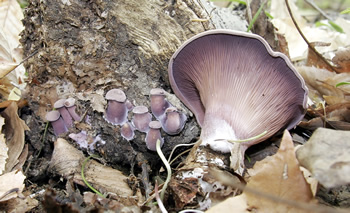
Figure 1. Note the violet coloration of the caps, gillls, and
stipes of these young specimens of Panus conchatus.
Photo © Diana Smith.
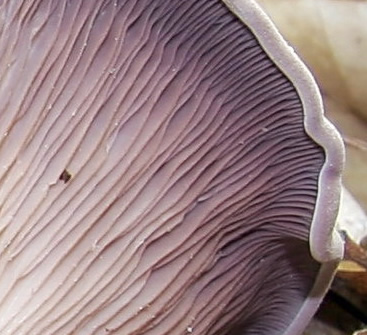
Figure 2. Inrolled cap margin on a young
specimen of
Panus conchatus. Photo © Diana Smith.
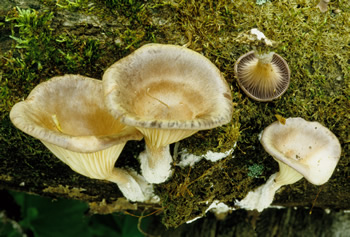
Figure 3. The violet coloration fades away as the
specimens
age. Photo © John Plischke III.
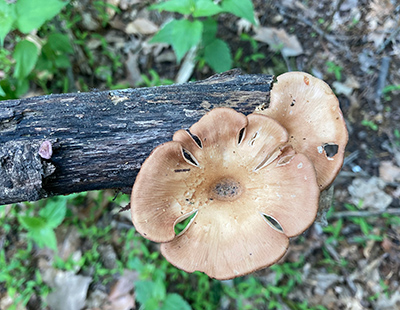
Figure
4. Caps are dry and smooth to minutely hairy.
Photo © Cecily Franklin.
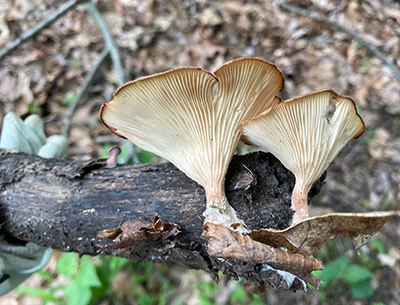
Figure 5. Panus conchatus has decurrent gills.
Photo © Cecily Franklin.
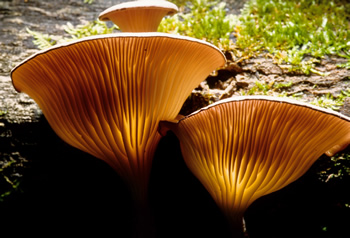
Figure 6. Light coming through the caps serves to
highlight the
forked gills often found in this species.
Photo © John Plischke III.